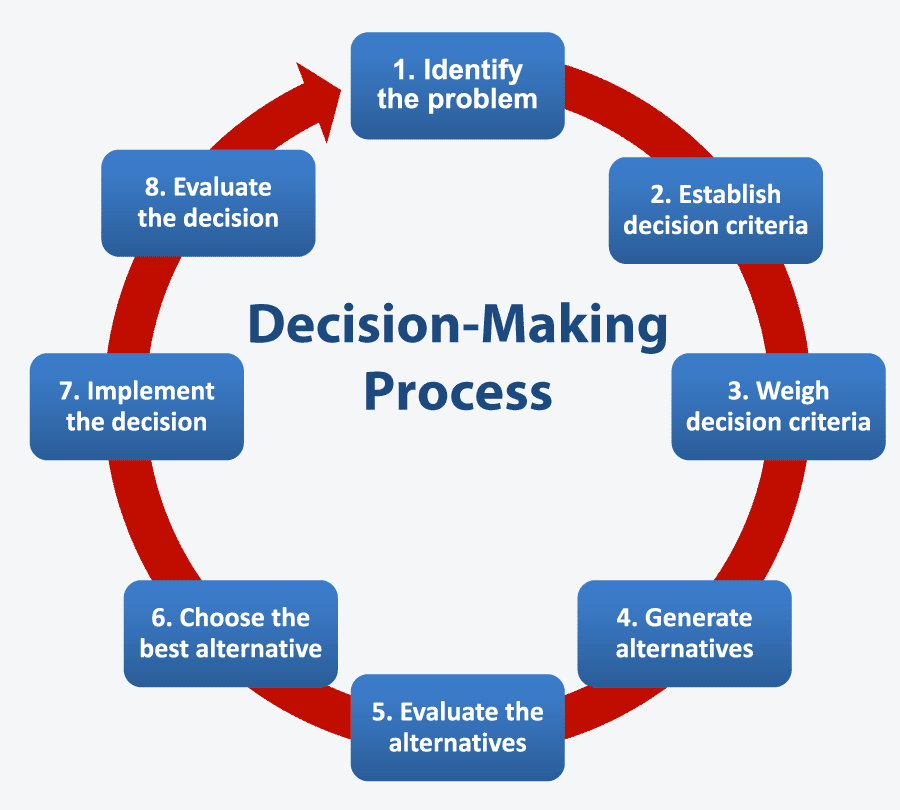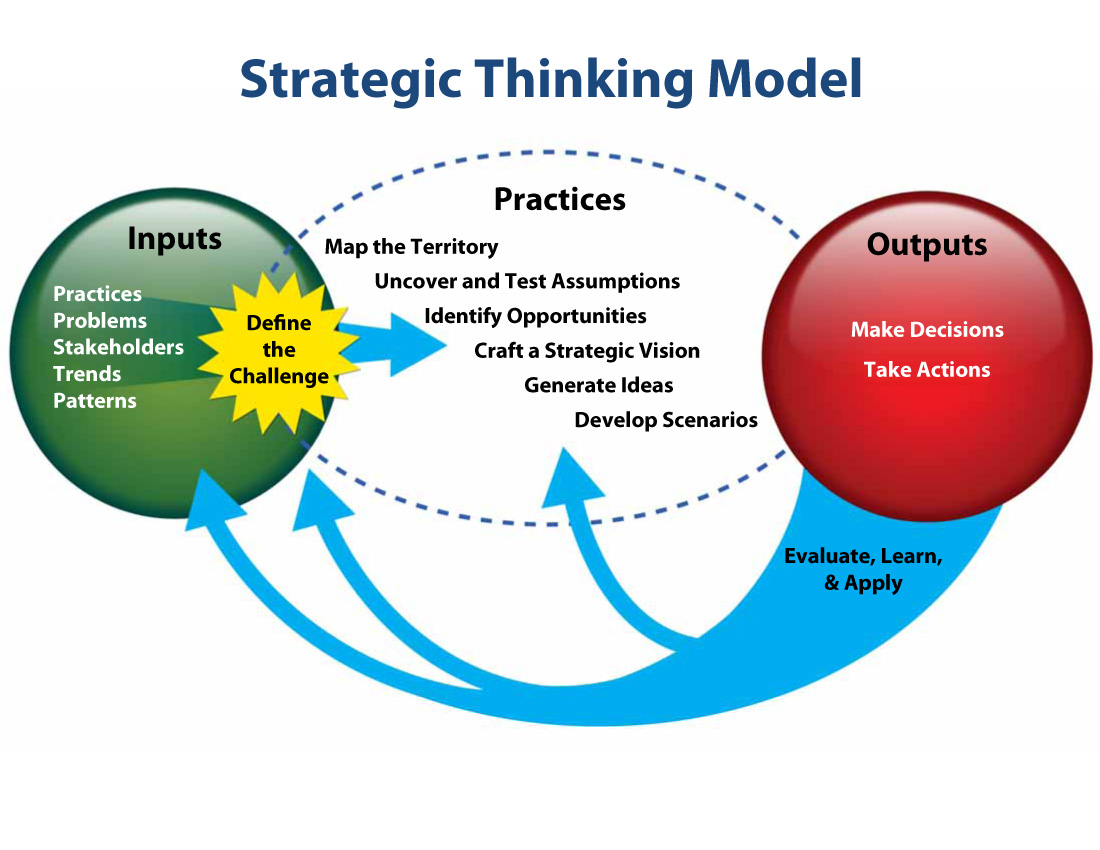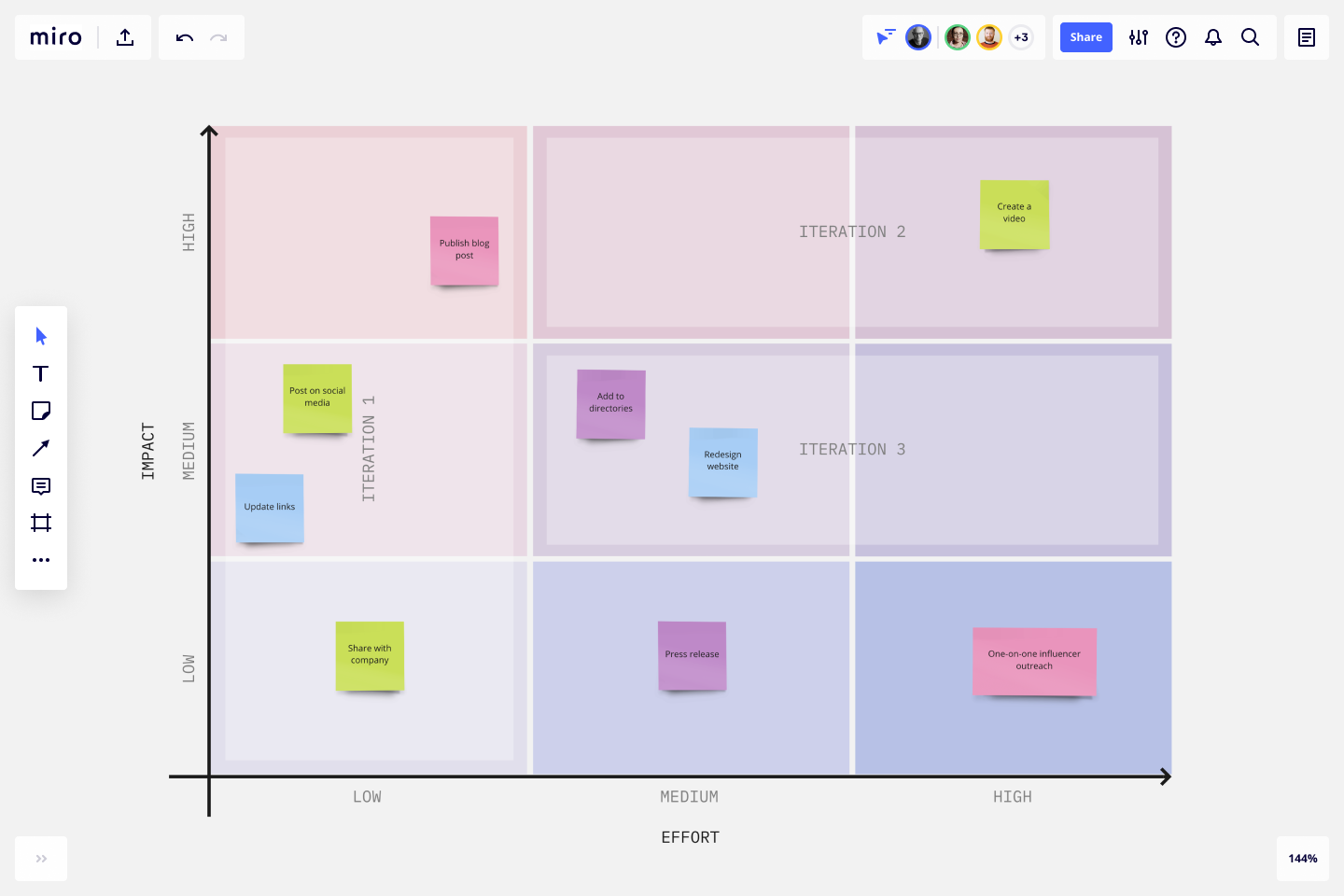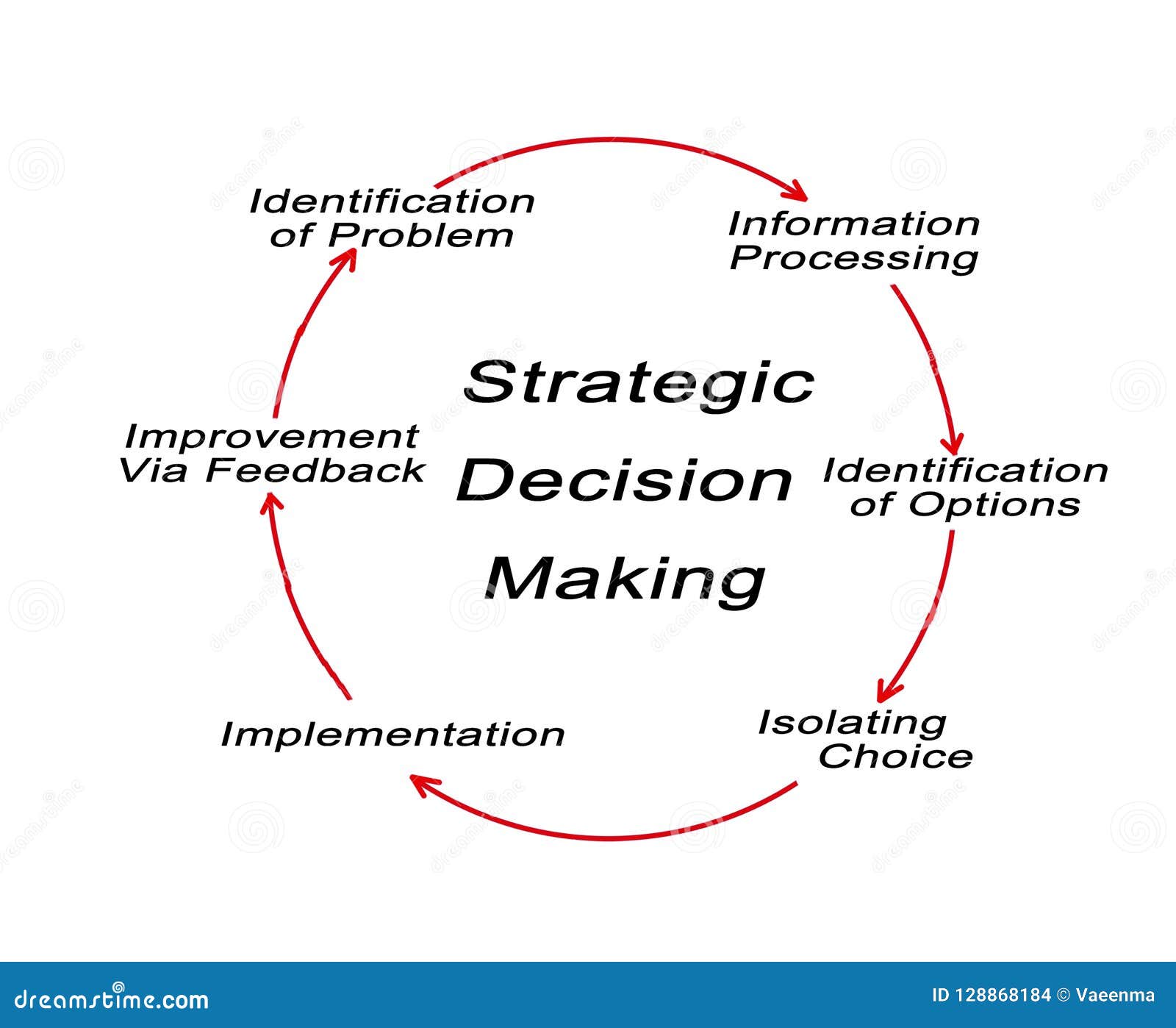The Atlas 3×3 Map: A Framework For Strategic Thinking And Decision-Making
The Atlas 3×3 Map: A Framework for Strategic Thinking and Decision-Making
Related Articles: The Atlas 3×3 Map: A Framework for Strategic Thinking and Decision-Making
Introduction
In this auspicious occasion, we are delighted to delve into the intriguing topic related to The Atlas 3×3 Map: A Framework for Strategic Thinking and Decision-Making. Let’s weave interesting information and offer fresh perspectives to the readers.
Table of Content
The Atlas 3×3 Map: A Framework for Strategic Thinking and Decision-Making

The concept of a 3×3 map, often referred to as the "Atlas 3×3," is a powerful tool for strategic thinking and decision-making. It provides a structured framework for analyzing complex situations, identifying key factors, and developing effective strategies. This approach, rooted in the principles of strategic analysis and decision theory, offers a clear and concise method for navigating uncertainty and making informed choices.
Understanding the Framework:
The Atlas 3×3 map is a visual representation of a situation or problem, divided into nine distinct sections. These sections are organized along three axes:
- Horizontal Axis: Represents the scope of the problem, ranging from internal factors to external factors. Internal factors are those within the control of the decision-maker, while external factors are those outside their direct influence.
- Vertical Axis: Represents the timeframe of the problem, encompassing the short-term, medium-term, and long-term impacts. Short-term refers to immediate consequences, medium-term considers the next few years, and long-term focuses on the distant future.
- Depth Axis: Represents the impact of the problem, ranging from low impact to high impact. Low impact refers to minor consequences, while high impact signifies significant consequences.
This three-dimensional framework allows for a comprehensive analysis of a situation by considering all potential factors and their interactions. Each of the nine sections within the map represents a unique combination of scope, timeframe, and impact, providing a detailed understanding of the situation’s complexity.
Benefits of Using the Atlas 3×3 Map:
The Atlas 3×3 map offers several significant benefits for strategic thinking and decision-making:
- Clarity and Structure: The framework provides a clear and structured approach for analyzing complex situations, helping to organize thoughts and identify key factors.
- Comprehensive Analysis: By considering scope, timeframe, and impact, the map encourages a comprehensive analysis, ensuring that all relevant factors are considered.
- Prioritization: The map helps prioritize actions and resources by identifying the most impactful factors and those requiring immediate attention.
- Alignment of Goals: The framework facilitates the alignment of individual actions with broader strategic goals, ensuring that decisions are made in the context of the overall objective.
- Enhanced Communication: The visual nature of the map allows for easy communication and collaboration, facilitating discussions and consensus-building among stakeholders.
Applications of the Atlas 3×3 Map:
The Atlas 3×3 map is a versatile tool applicable to a wide range of situations, including:
- Strategic Planning: Defining long-term goals, identifying key challenges, and developing strategies for achieving objectives.
- Risk Assessment: Identifying potential risks and their impact, developing mitigation strategies, and allocating resources accordingly.
- Problem-Solving: Analyzing complex problems, identifying root causes, and developing solutions.
- Decision-Making: Evaluating options, weighing potential outcomes, and making informed choices.
- Change Management: Understanding the impact of change, identifying key stakeholders, and developing communication strategies.
Example of Using the Atlas 3×3 Map:
Consider a company facing declining sales. Using the Atlas 3×3 map, they can analyze the situation by considering:
- Scope: Internal factors like marketing strategies, product quality, and customer service, as well as external factors like economic conditions, competitor actions, and changing consumer preferences.
- Timeframe: Short-term impacts like immediate revenue decline, medium-term impacts like market share erosion, and long-term impacts like brand reputation damage.
- Impact: Low impact like a minor sales dip, medium impact like a significant revenue decline, and high impact like bankruptcy.
By mapping these factors onto the 3×3 grid, the company can gain a comprehensive understanding of the situation and develop strategic responses tailored to address the most impactful factors and prioritize actions based on their timeframe.
FAQs about the Atlas 3×3 Map:
Q: What are the limitations of the Atlas 3×3 map?
A: While a powerful tool, the Atlas 3×3 map has limitations. It relies on subjective interpretations of scope, timeframe, and impact, which can lead to biases. Additionally, the map may oversimplify complex situations, potentially overlooking nuanced factors.
Q: Can the Atlas 3×3 map be used for personal decision-making?
A: Yes, the framework can be applied to personal decisions, such as career choices, relationship decisions, or financial planning. It helps to structure thinking and identify key factors influencing the decision.
Q: How can I learn to use the Atlas 3×3 map effectively?
A: Practice is key to mastering the Atlas 3×3 map. Start with simple scenarios, gradually increasing the complexity. Consult resources and workshops dedicated to strategic thinking and decision-making.
Tips for Using the Atlas 3×3 Map:
- Define the Problem Clearly: Begin by clearly defining the problem or situation you are analyzing.
- Identify Key Factors: Brainstorm and list all relevant factors influencing the situation.
- Categorize Factors: Classify each factor based on its scope, timeframe, and impact.
- Prioritize Actions: Identify the most impactful factors and those requiring immediate attention.
- Develop Strategies: Develop strategies to address the prioritized factors and achieve desired outcomes.
- Monitor and Adjust: Regularly monitor the situation and adjust strategies as needed based on new information and changing circumstances.
Conclusion:
The Atlas 3×3 map is a valuable tool for strategic thinking and decision-making, providing a structured framework for analyzing complex situations, identifying key factors, and developing effective strategies. By promoting clarity, comprehensiveness, and prioritization, the map facilitates informed decision-making and helps individuals and organizations navigate uncertainty and achieve desired outcomes. While not without limitations, the Atlas 3×3 map offers a powerful and versatile approach to strategic thinking, empowering individuals and organizations to make better decisions and achieve their goals.








Closure
Thus, we hope this article has provided valuable insights into The Atlas 3×3 Map: A Framework for Strategic Thinking and Decision-Making. We hope you find this article informative and beneficial. See you in our next article!